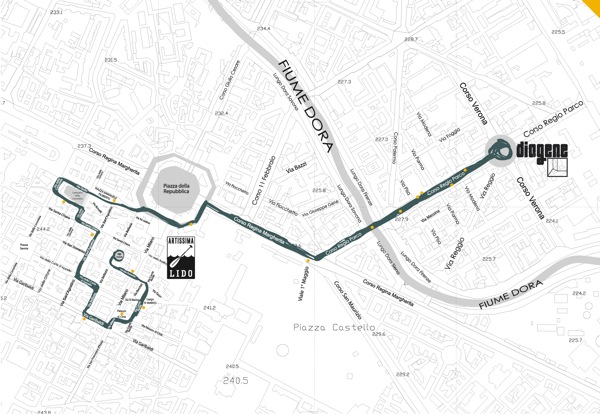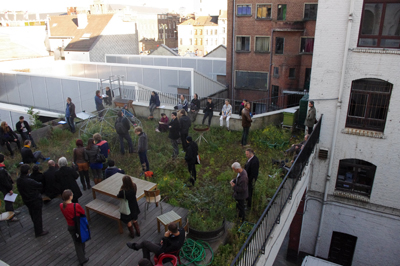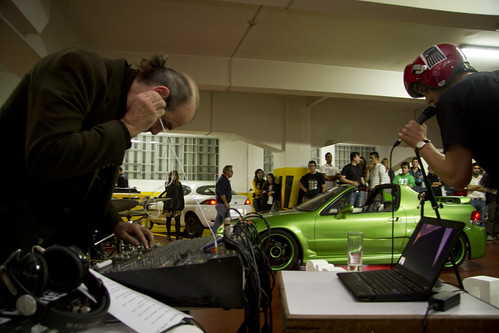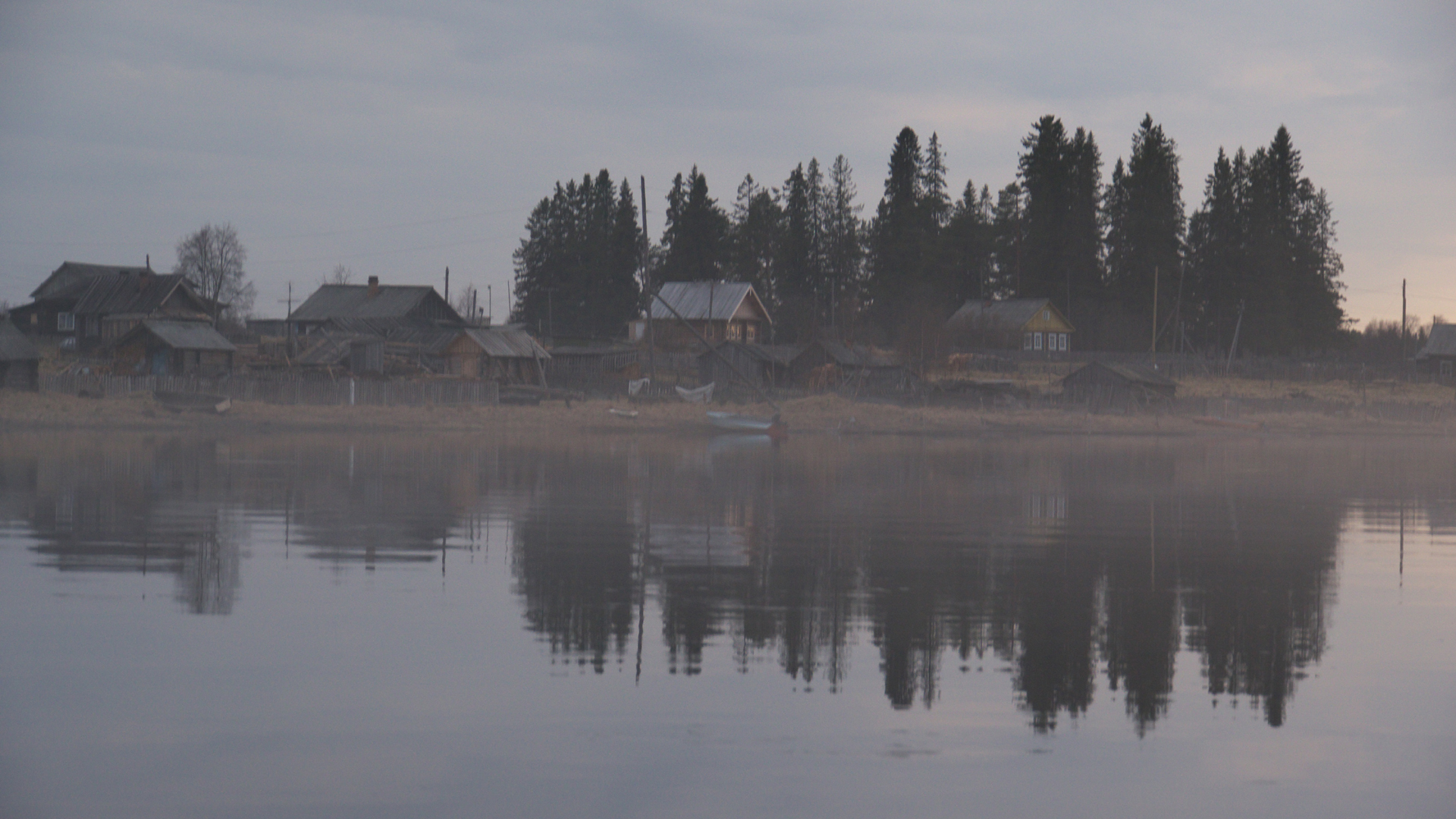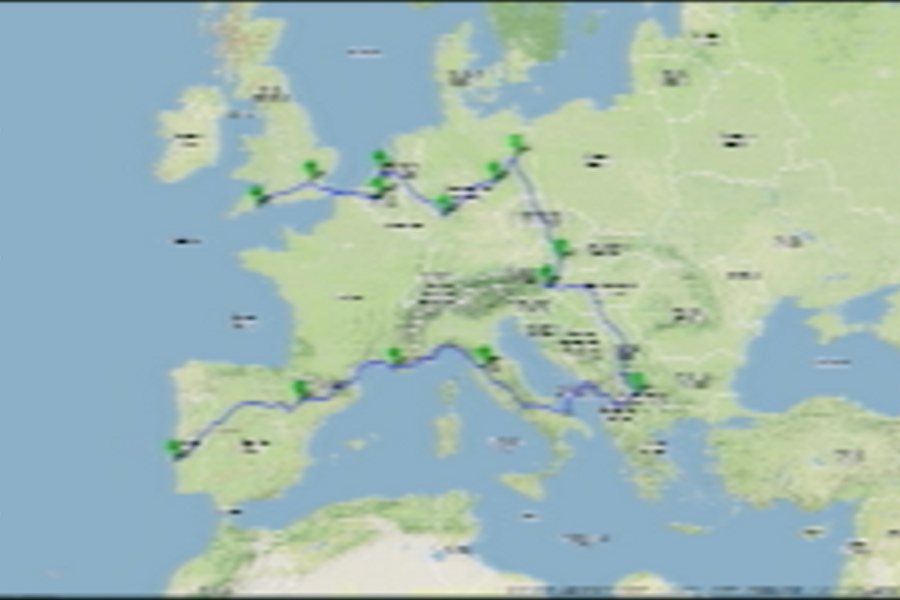All truly g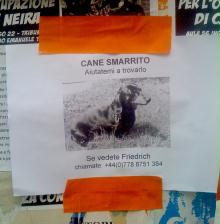 reat thoughts are conceived while walking (Sondaggio: Torino) is a collaboration between Radio Papesse and Graham Hudson, the artist invited by Progetto Diogene at the residenza Bivacco Urbano in Turin. Sondaggio:Torino is a soundwalk, a peculiar city tour of the most ancient part of Turin (the Quadrilatero Romano) guided by Graham Hudson. In this walk the artist was accompanied by Luca Morino (writer and musician) and Fabrizio Diciotti of the Torino Archeology Group.
reat thoughts are conceived while walking (Sondaggio: Torino) is a collaboration between Radio Papesse and Graham Hudson, the artist invited by Progetto Diogene at the residenza Bivacco Urbano in Turin. Sondaggio:Torino is a soundwalk, a peculiar city tour of the most ancient part of Turin (the Quadrilatero Romano) guided by Graham Hudson. In this walk the artist was accompanied by Luca Morino (writer and musician) and Fabrizio Diciotti of the Torino Archeology Group.
The aim was to produce an audiowalk that would include words and speculations about the historical and contemporary Torino. The resulting tour takes the listener from the Quadrilatero Romano, a recognised symbol of Turin’s mythology to the Progetto Diogene Tram – a symbol of transitory architecture.
Along the way Graham Hudson’s talks about his work, his interventions on the architectural space of Torino, and his evolving sculptures provide fleeting landmarks that play between these concepts.
The original soundwalk is 45 minutes long, this 28′ RADIA EDIT takes the listener into a quicker visit of Torino, resulting in a documentary that let the listener discover corners of the city as well as know Graham Hudeson’s work, philosophy and art.
In this EDIT the focus lands more on Husdon’s interventions and sculpture installations along the streets of Torino. To better discover the space, the history and the stories we met on our route, you can download the entire soundwalk/citytour from radiopapesse.org
www.radiopapesse.org
www.progettodiogene.eu
www.grahamhudson.com
this soundwork was produced by Radio Papesse and commissioned by Progetto Diogene in Turin, November 2011.

